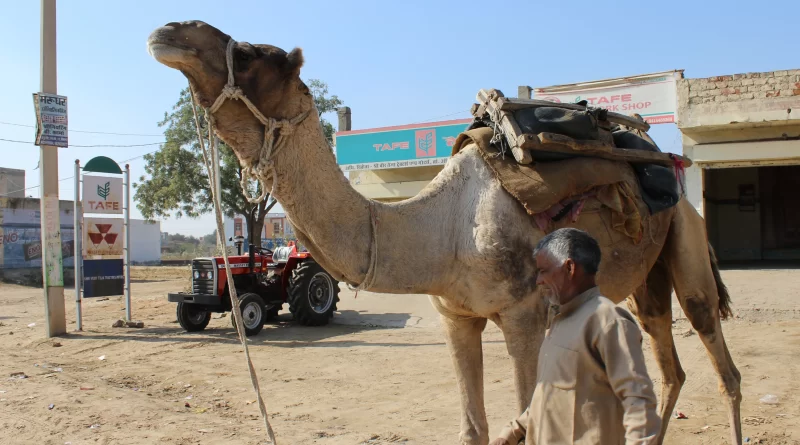The Best Seasons to Explore Rajasthan: A Traveler’s Guide
Rajasthan, the land of magnificent palaces, imposing forts, and vibrant culture, is one of India’s most sought-after tourist destinations. Choosing the right season to visit Rajasthan can greatly enhance your travel experience. Each season offers a unique charm and a distinct set of attractions. Here’s a guide to help you decide the best season for your Rajasthan adventure:
1. Winter (October to March): The Peak Season
Advantages:
- Pleasant Weather: Winter is the most popular season to visit Rajasthan. During these months, the weather is delightful, with daytime temperatures ranging from 24°C to 10°C (75°F to 50°F).
- Festivals: Rajasthan’s vibrant culture comes alive during the winter season. The state hosts numerous festivals, including Diwali, Pushkar Camel Fair, and the Desert Festival in Jaisalmer.
- Ideal for Sightseeing: With mild temperatures, you can comfortably explore Rajasthan’s historical sites, palaces, and forts without the scorching heat of summer.
Popular Destinations: Jaipur, Udaipur, Jodhpur, Jaisalmer, Pushkar, Ajmer, Bikaner, and more.
2. Summer (April to June): The Off-Peak Season
Advantages:
- Fewer Crowds: Summer is considered the off-peak season due to the scorching temperatures. However, this also means fewer tourists, making it an ideal time for budget travelers.
- Festivals: Some fairs and festivals, like the Elephant Festival in Jaipur and the Teej Festival, take place during the summer months.
Considerations:
- Extreme Heat: Rajasthan experiences sweltering temperatures during summer, with daytime temperatures often exceeding 40°C (104°F). Outdoor activities can be challenging.
Recommended Destinations: If you can handle the heat, visit hill stations like Mount Abu for relatively cooler weather during this season.
3. Monsoon (July to September): The Green Season
Advantages:
- Lush Landscapes: Rajasthan transforms into a lush green paradise during the monsoon, with the Aravalli Hills coming alive with vegetation.
- Lower Prices: Accommodation and travel costs are generally lower during this season. It’s a budget-friendly option.
- Festivals: Teej, Raksha Bandhan, and Janmashtami are some monsoon festivals celebrated with great enthusiasm.
Considerations:
- Rainfall: Expect occasional heavy rainfall, which can disrupt travel plans and road conditions.
- Humidity: High humidity levels can make it uncomfortable for outdoor activities.
Recommended Destinations: Udaipur, Mount Abu, and the Shekhawati region, known for its painted havelis, are great choices for the monsoon season.
4. Post-Monsoon (September to October): The Shoulder Season
Advantages:
- Transitional Period: September marks the transition from the monsoon to the winter season, offering pleasant weather without the crowds.
- Greenery: The landscapes are still lush from the monsoon, providing beautiful scenery for travelers.
Considerations:
- Humidity: Early September can still be quite humid, so plan your trip accordingly.
Recommended Destinations: Jaipur, Jodhpur, and Jaisalmer are ideal during the post-monsoon period.
Experience the best of Rajasthan in just 7 days with Turban Adventures’ expertly crafted tour. Explore the vibrant culture, majestic forts, and enchanting landscapes of this iconic Indian state. Book your Rajasthan Tour 7 days today!
In conclusion, Rajasthan offers a variety of experiences throughout the year. The best time to visit depends on your preferences and the kind of experience you seek. Whether you choose the vibrant winter season, the budget-friendly summer, the lush monsoon, or the pleasant post-monsoon period, Rajasthan promises a memorable journey filled with history, culture, and natural beauty.
